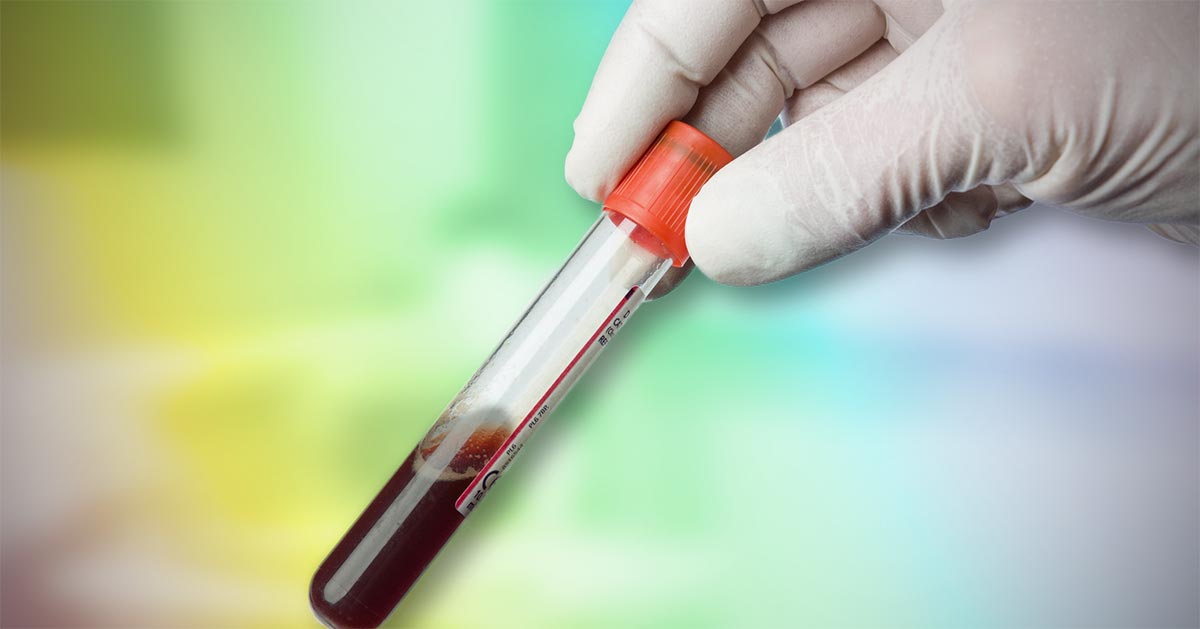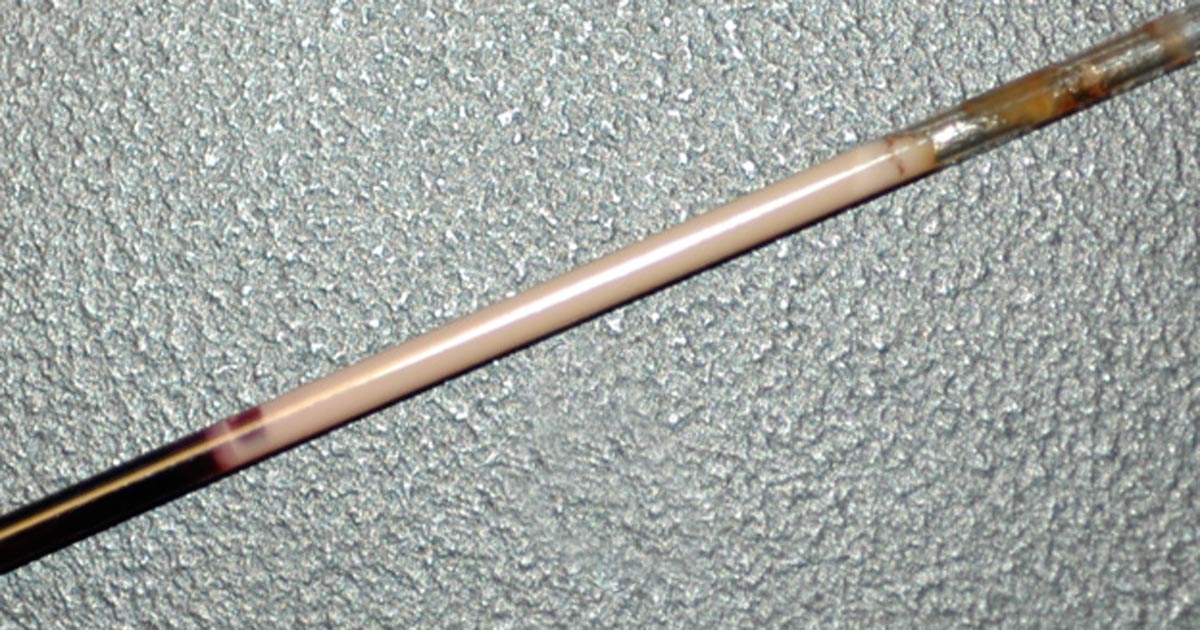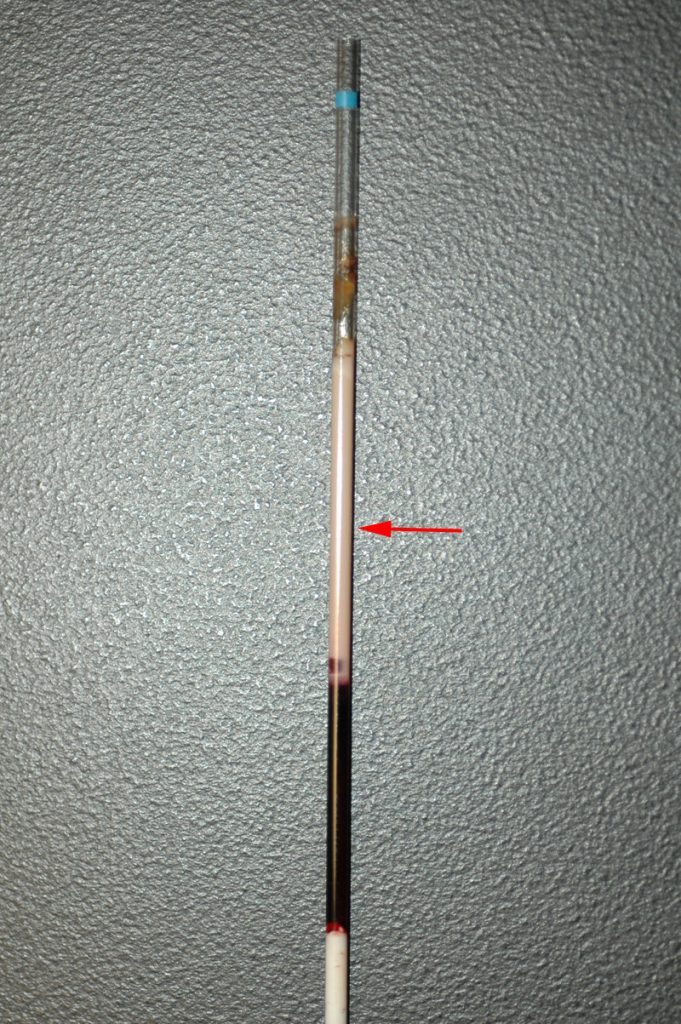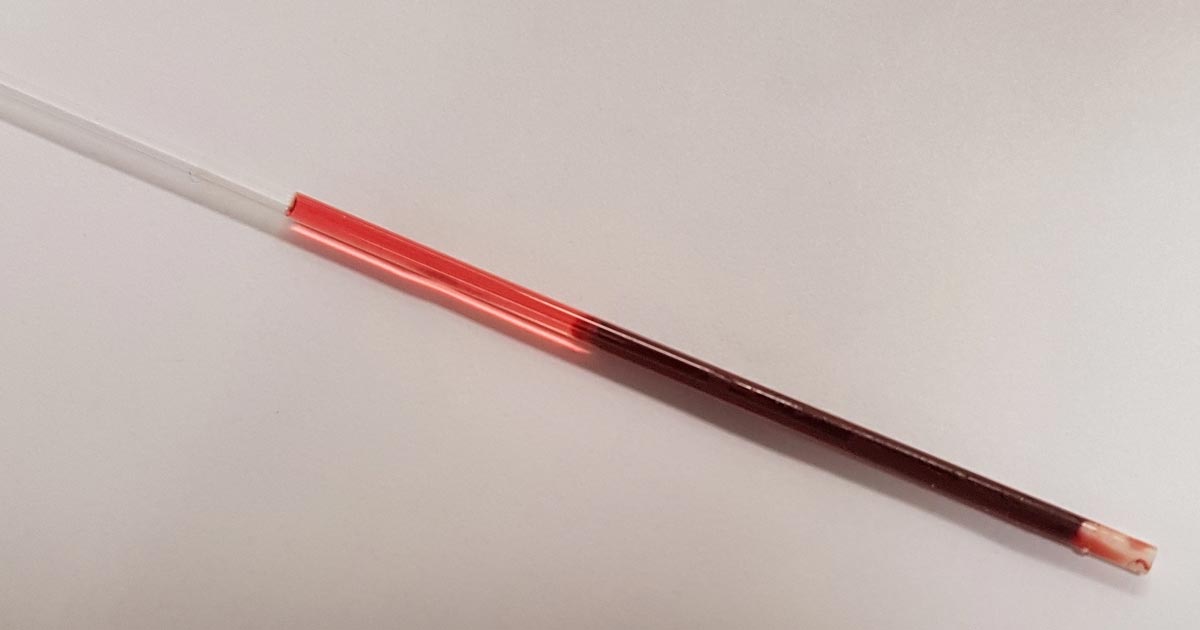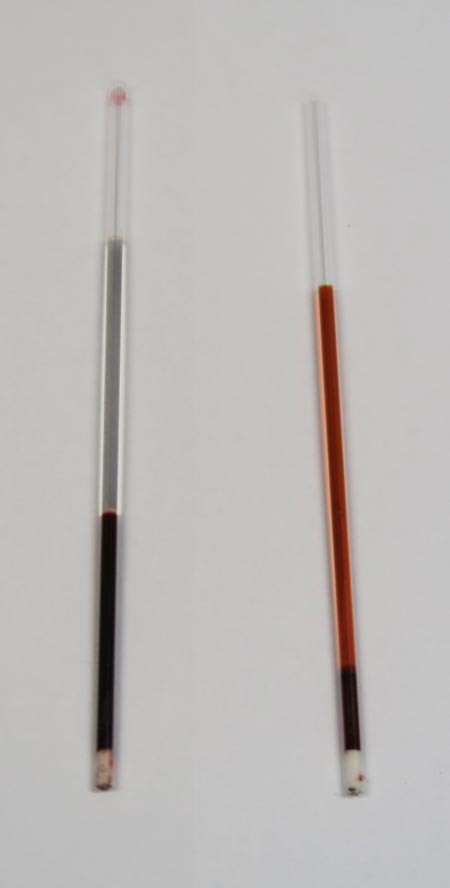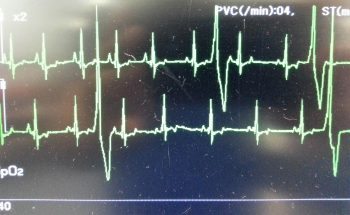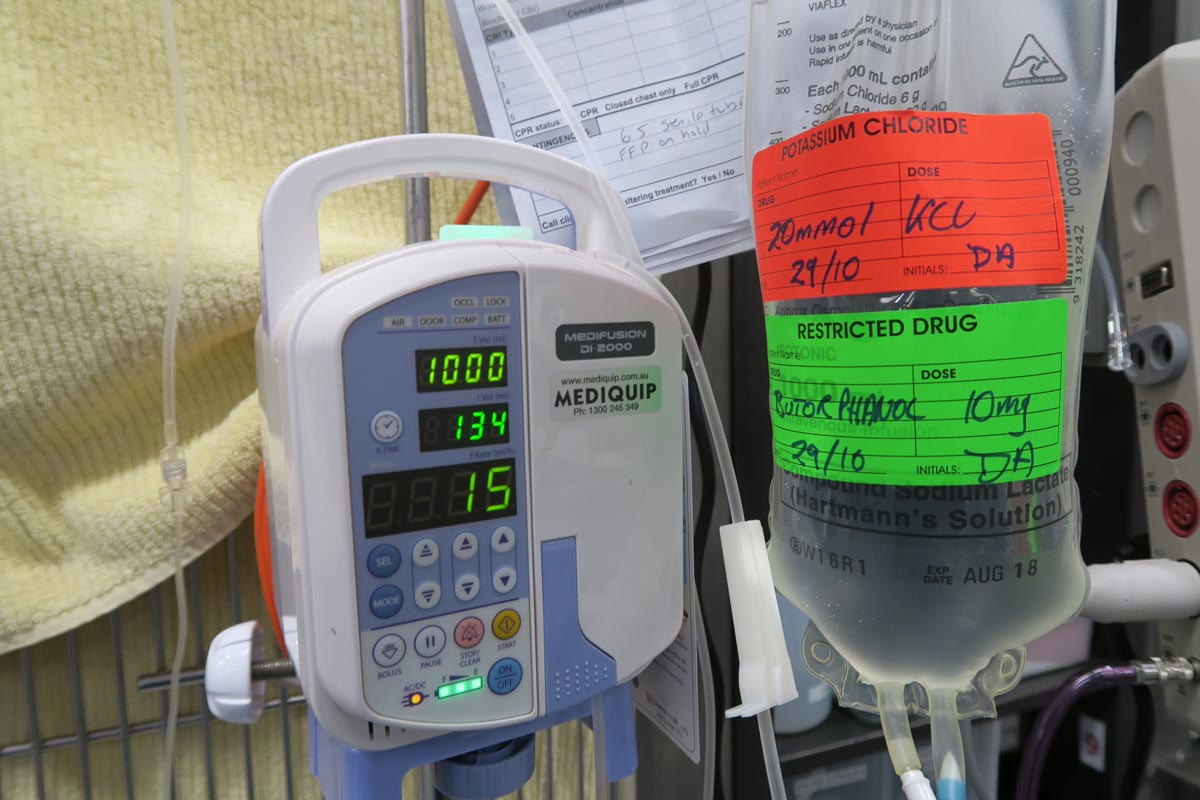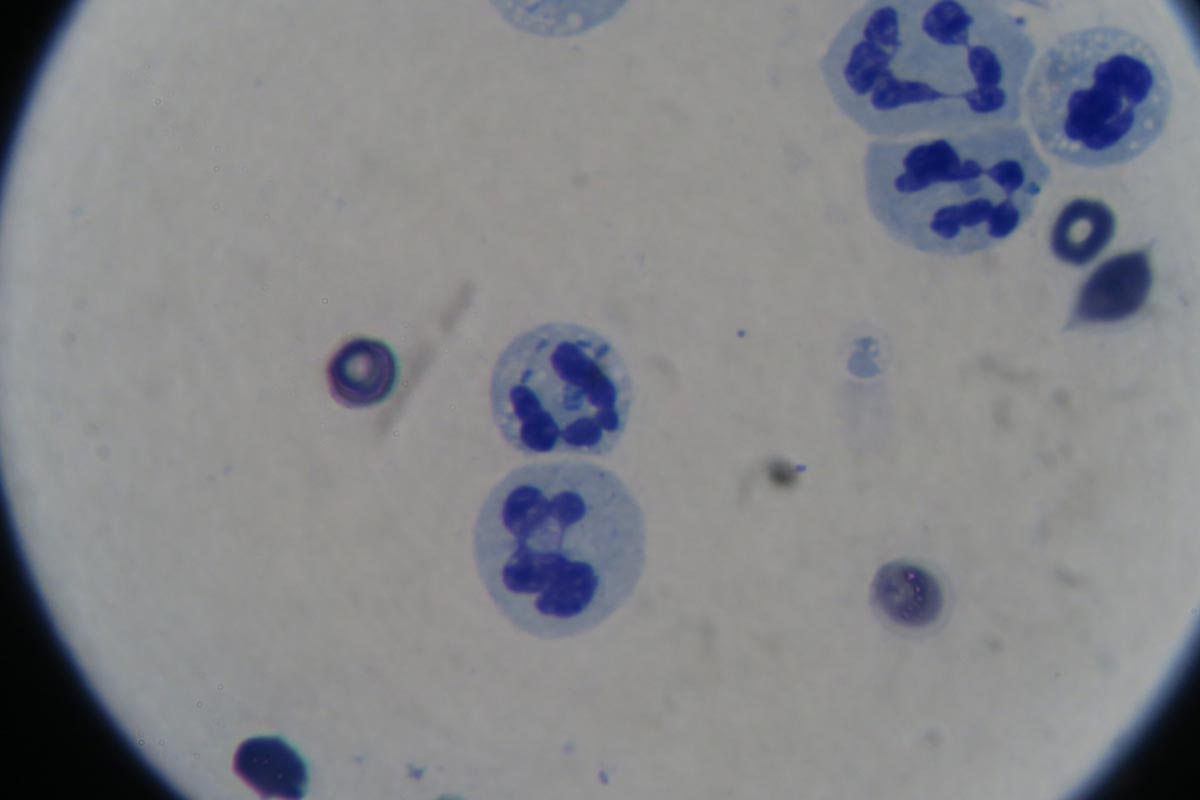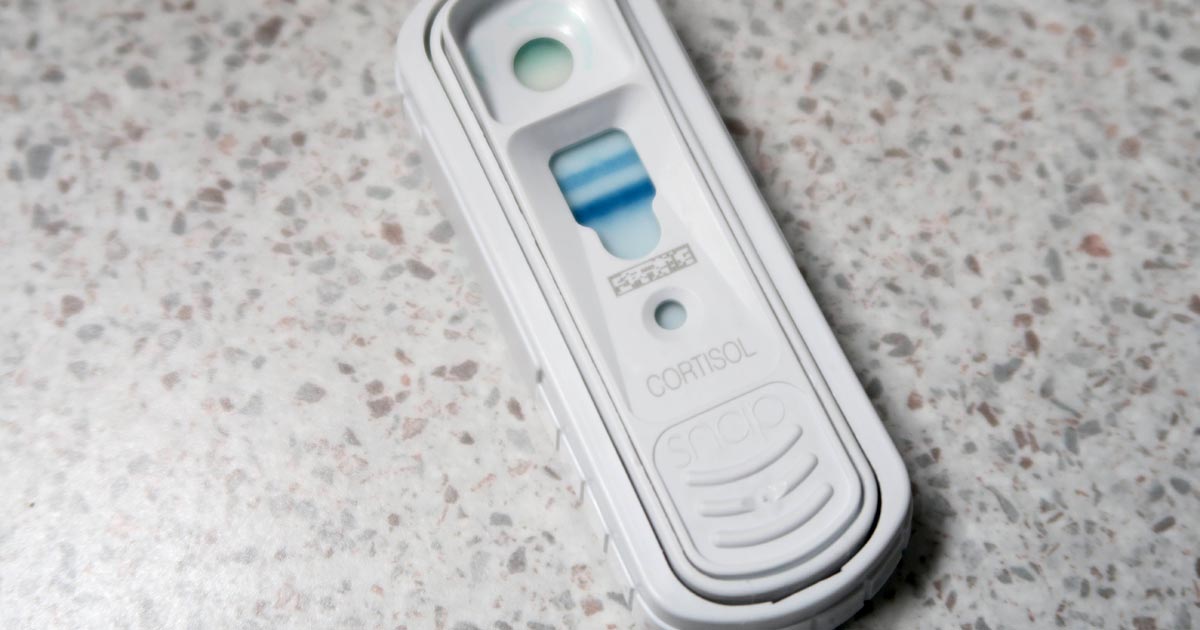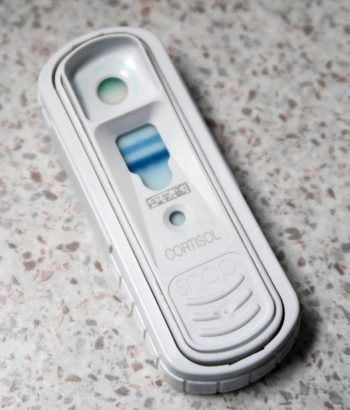Base excess (BE) and bicarbonate (HCO3-) represent the metabolic components of the acid base equation. In general, both components will change in the same direction.
Decreased HCO3– and BE indicate either a primary metabolic acidosis or a metabolic compensation for a chronic respiratory alkalosis. Elevated HCO3– and BE indicate either a primary metabolic alkalosis or a metabolic compensation for a chronic respiratory acidosis.
The exception to this rule arises when a patient hypoventilates or hyperventilates.
Carbonic acid equation
CO2 + H2O ↔ H2CO3 ↔ HCO3– + H+
When a patient hypoventilates, CO2 will increase as a result of reduced expiration, so a shift to the right of the equilibrium will occur. The shift to the right will increase the bicarbonate levels proportional to the increase in CO2.
The opposite occurs when a patient hyperventilates; the equilibrium shifts to the left, so a decrease in HCO3– is present.
Since HCO3– is not independent to the patient’s respiratory status, it is an inaccurate way of measuring the metabolic component in patients with respiratory changes. For this reason, the BE value is the preferred.
The BE represents the amount of acid, or base, needed to titrate 1L of the blood sample until the pH reaches exactly 7.4, with the assumption the blood sample is equilibrated to a partial pressure of CO2 of 40mmHg (the middle of the reference range) and the patient’s body temperature is normal.
Possible causes
The possible causes of the primary disease are:
Metabolic acidosis
- lactic acidosis – shock and poor perfusion
- renal failure – reduced hydrogen ion (H+) excretion and increased loss of HCO3–
- diabetic ketoacidosis – ketone acids
- gastrointestinal (GI) losses – loss of HCO3– through vomiting and diarrhoea
Metabolic alkalosis
- GI outflow obstructions – loss of H+ and chloride via vomiting
- reduced chloride levels and resultant poor perfusion – body attempts to reabsorb water and sodium to increase intravascular volume, but inadvertently also reabsorbs HCO3– in the process, despite existing alkalosis
- refeeding syndrome
- severe hypokalaemia:
- transcellular shift – potassium ions leave and H+ ions enter the cell
- transcellular shift in cells of proximal tubules → intracellular acidosis → promotes ammonium production and excretion
- H+ excretion in the proximal and distal tubules increases → further reabsorption of HCO3– and net acid excretion
- renal insufficiency
- diuretic therapy (contraction alkalosis – loss of bodily fluids that do not contain HCO3-; this causes the extracellular volume to contract around a fixed quantity of HCO3-, resulting in a rise in the concentration of HCO3– without an actual increase in HCO3– levels)
Next step
After ruling out the differential causes of either respiratory or metabolic acidosis/alkalosis, the next step is to determine whether a compensatory response is present and, if so, if this is adequate or whether a true mixed acid-base disorder exists.

